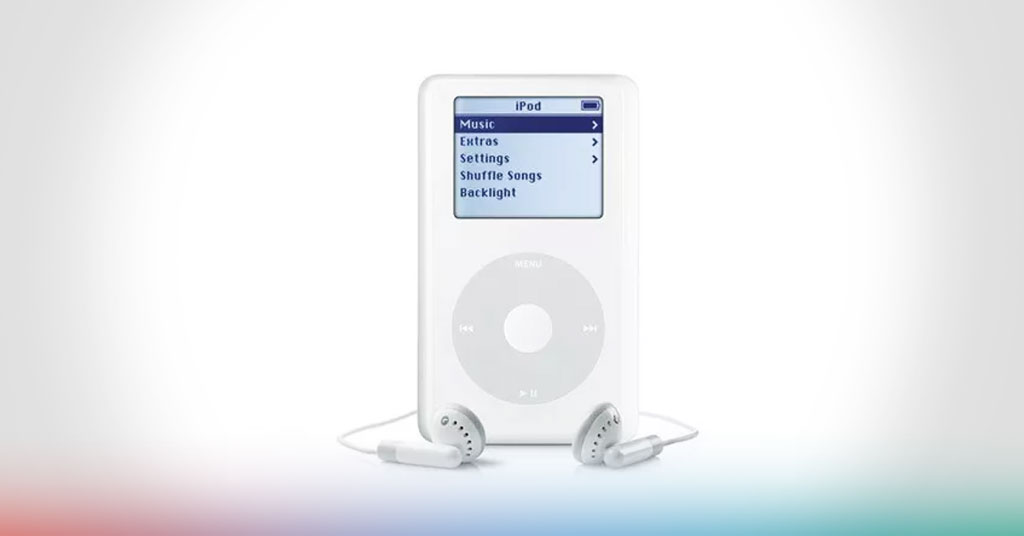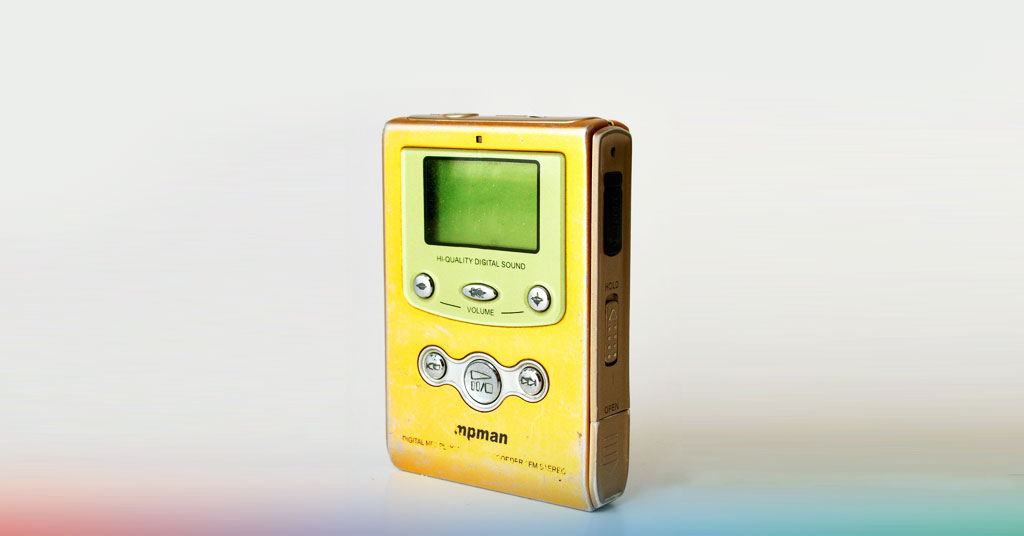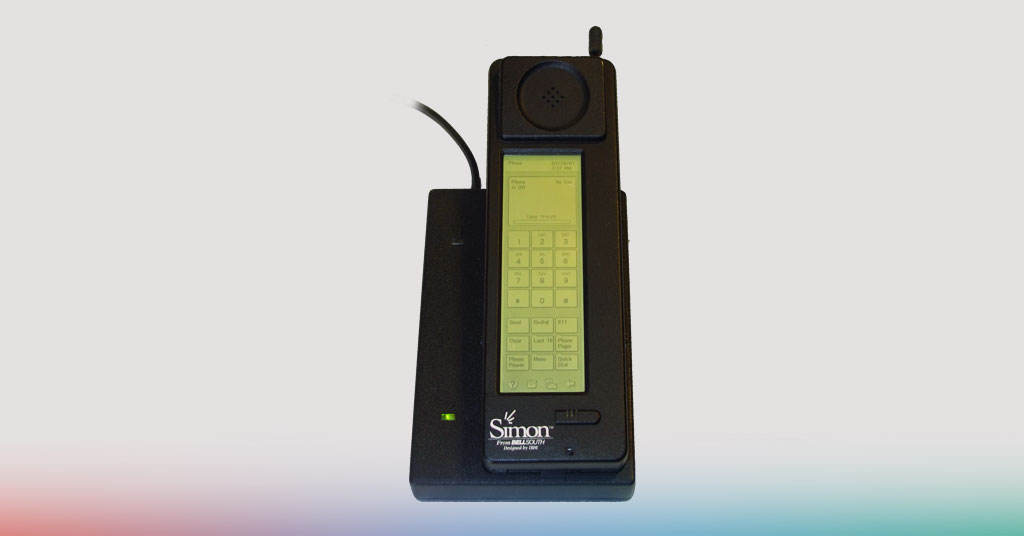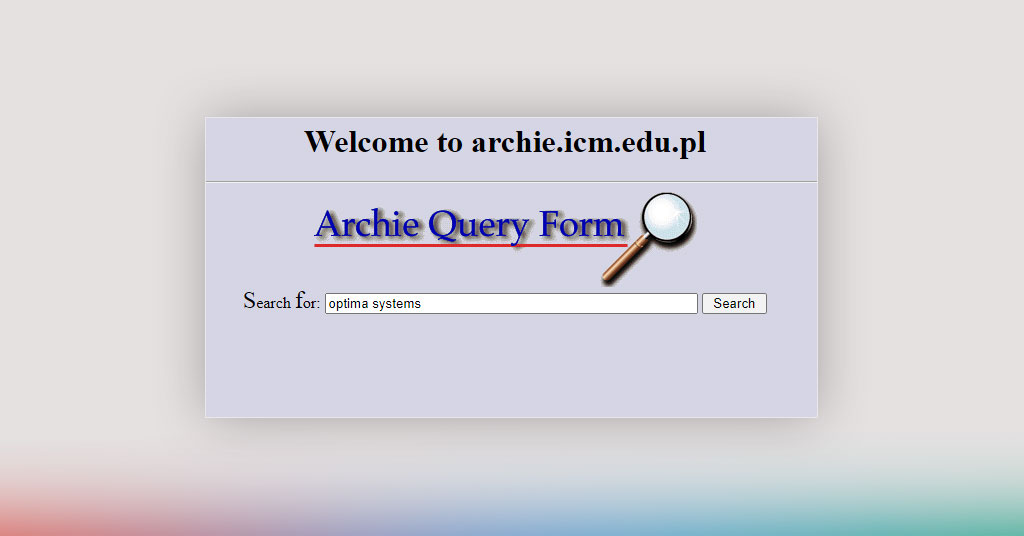1. The First Social Network Site
This one is a little difficult to quantify. It depends very much on what you consider to be a true social networking site. Before even the internet was around there was much social activity on Usenet and the early bulletin boards. For this item, we will use most people's idea of the modern social network.
Most people assume it was....
Facebook is the most widely used social media website in the World today with around 2.3 billion users. It was created in a Harvard University dorm room in late 2003 by Mark Zuckerberg and his roommates Eduardo Saverin, Andrew McCollum, Dustin Moskovitz, and Chris Hughes.
Most people know the story. There was even a movie created about its early days.
OK, so was it....
MySpace launched in 2003 and was many people's first exposure to a modern social media site. In its heyday back in the mid-2000s, it boasted over 100 million registered users and more visits per month than even Google in the US.
In 2005 Rupert Murdoch's News Corporation bought the site for almost $600 million. By 2008 Facebook had overtaken MySpace in the rankings and it was in sharp decline. In 2011 its value had fallen so much that it was acquired by Specific Media Group and (weirdly) Justin Timberlake for only (!) $35 million.
Other common guesses...
It was actually...
SixDegrees was launched in 1997 and was among the first of what could be considered a modern social networking site. Users could register and then create a list of their friends and family. If one of these connections didn't have an account, the site would email them inviting them to join.
At its peak it was estimated that SixDegrees had about 3 million registered users. It took its name from the Six Degrees of SeparationConcept (not six degrees of Kevin Bacon!).

2. The First MP3 Player
MP3 is a coding format for digital audio files. It apparently stands for MPEG-1 Audio Layer III. MPEG itself stands for Moving Picture Experts Group.
The MP3s standard became popular due to its ability to deliver relatively high-quality audio with small file size.
Most people assume it was....
The first generation of Apple iPod was launched on October 23rd, 2001. Like many of Apple's products, it instantly became iconic and the only music player to be seen with. It even changed the design of headphones which, until then had been almost universally black.
Much of the functionality of the iPod was incorporated into the iPhone which, by 2010 was outselling the iPod for the first time. At the time of writing the only iPod still in production is the 7th generation iPod Touch.

It was actually...
The MPMan mp3 music player was released in 1998 by the South Korean company SaeHan Information Systems.
Unlike the first generation of iPods (which used small but traditional hard disk drives) the MPMan used solid-state internal flash memory. Prices started at 39,800 yen which is around £500 in 2020 and came with 32mb or 64mb.

3. The First Smartphone
The term smartphone was originally meant to describe a device that combines the functionality of a PDA (Personal Digital Assistant) and a mobile phone.
So in a sense, Smartphones have been around since the early 90s with monstrosities such as the HP OmniGo 700LX - basically a palmtop PC with a Nokia 2110 mobile phone stuck to it.
Most people assume it was....
The first Apple iPhone was announced by Steve Jobs on January 9th, 2007 at the Macworld convention in San Francisco. It's fair to say that most people became familiar with the term 'smartphone' after the iPhone release.
Since then Apple has steadily improved and refined the device. As of writing, the latest iteration is the iPhone 11 released on September 10th, 2019 but the iPhone 12 Pro will be released on October 23rd, 2020.
Below is Steve Jobs' keynote speech introducing iPhone to the World.
It was actually...
Even when you define what a smartphone is in a modern sense - using the iPhone and the various Android devices available today - the precursor to these was certainly the IBM Simon. Released in 1994 the Simon (full name the IBM Simon Personal Communicator) was thought up by IBM engineer Frank J. Canova and manufactured by Mitsubishi Electric.
The Simon featured a touch screen, the first on any mobile phone, and came preloaded with several features (we would probably call these apps today). They included a calculator, address book, email, note pad, and a to-do list.
It also had a battery that lasted one whole hour!

4. The First Search Engine
Search engines organise the internet. They crawl from site to site and place the results in a hierarchical index based on what they think is the most relevant to the query you enter.
The internet without search engines would be almost unthinkable. It would be incredibly difficult to use as you would have to guess (or be told) what the domain of the site you want would be.
Search engines began appearing very soon after the internet was born so most people thankfully don’t remember life before them. I think it’s fair to say that without search engines the internet would not be anything like the success it has been.
Most people assume it was....
Yahoo! was launched in 1994 by Jerry Yang and David Filo. It wasn’t a true web search engine but rather a directory of web pages that could be searched, known as Yahoo Search.
None of the indexing was originally even done by Yahoo. It was powered by Inktomi and later by a perceived rival, Google.
Yahoo actually stands for Yet Another Hierarchically Organised Oracle. So perhaps knowing that makes it obvious it wasn't the first.

It was actually...
In 1990 a student at McGill University in Montreal, Canada called Alan Emtage released the initial implementation of what many consider the first search engine; Archie.
It was very different from what we now would consider a search engine. It indexed FTP (File Transfer Protocol) archives allowing students and staff at the University to find the files they were looking for.
The name is simply ‘archive’ without the ‘v’.

Designer
Mike is a designer at Optima Systems. He grew up in West London and now lives by the sea. His first love was music which led to jobs in recording engineering and a number of years as a front of house sound engineer and theatre stage manager. Having been taught the basics of HTML while at university he continued to develop websites as a hobby. It wasn't long before he realised the hobby was the more rewarding pursuit. More about Mike.
Ask Mike about Software Solutions / Website Design and Development

